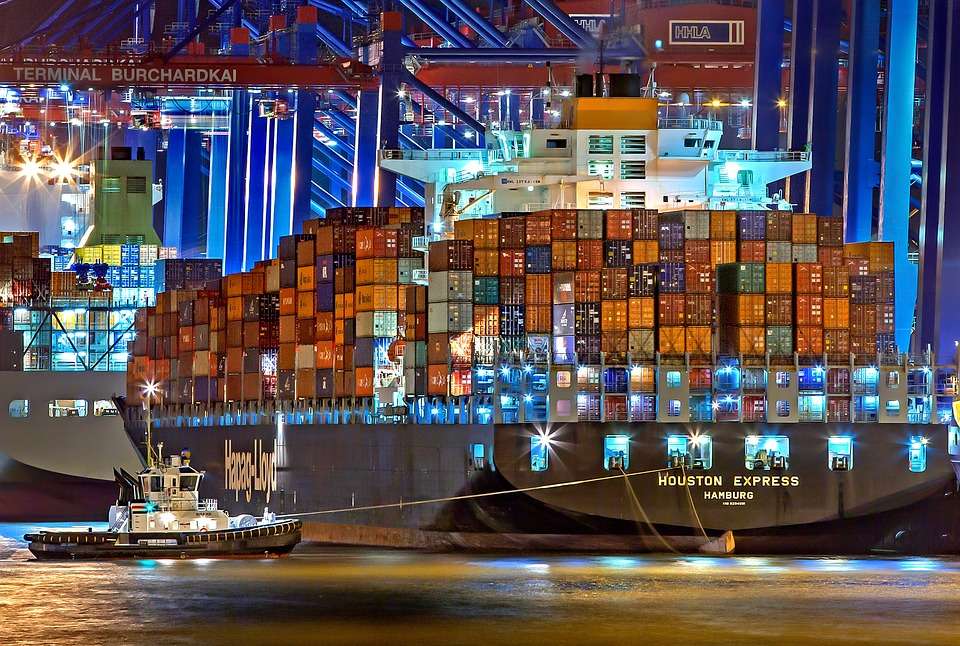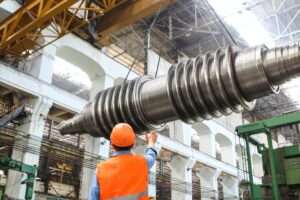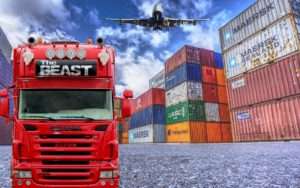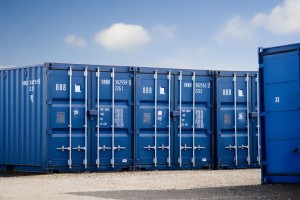What are the Hidden Costs of Offshore Manufacturing?

Are your offshore facilitates really less expensive? It all depends on how you are calculating your Total Cost of Ownership (TCO). Your TCO calculation should include all the hidden offshore manufacturing costs your new strategy will experience over the life of the project. What are the hidden costs of offshore manufacturing?
Offshore Manufacturing’s Hidden Costs
Your complete TCO will show you that lower wage labor costs are not the whole story. There are many other hidden costs that are often not considered when making the move to offshore your manufacturing. In the end, moving work overseas might be far more expensive than you would anticipate.
What should your offshore manufacturing costs include? Here is a list of the hidden costs of offshore manufacturing you should consider before moving your operations overseas and laying off any workers.
1. Inventory Costs
The first hidden offshore manufacturing costs have to deal with inventory. Extra inventory needed while you wait for your restocking order that is in transit from your chosen low-wage manufacturer. Remember, it is travelling slowly over the ocean, a long distance away. Inventory carrying costs are expensive.
2. Safety Stock Cost
“Safety stock” is extra inventory that protects you from supply chain interruptions (supplier waste) caused by a host of unknown transit risks (pirates, weather, port delays, power disruptions, etc.). Safety stock is used to offset your forecasting error and it is expensive.
3. Expediting Cost
Unplanned expediting costs (overnight, overseas delivery) of critical parts that will definitely happen, but will not be proposed in the initial cost justification for going overseas. Overnight shipping from the other side of the world is expensive.
4. Travel Costs
Extra long travel time by management and engineers to fix problems, perform supplier audits, and develop business relationships within your supply chain. If you suppliers are half-way around the world than expect long (18-hour flights). Travel is expensive.
5. Communications Costs
Communication and time delays caused be managing information hand-offs, feedback, and the overall flow of information. Time is money…Communication takes time and is expensive in time and money.
6. Phantom Overhead Costs
Reallocation of overhead to the remaining assets or cost structures that are left behind, which raises those costs and makes the remaining operations the target of the next outsourcing project. Your overhead never changed. It was just allocated to the remaining cost centers and now looks out of proportion. Either way, your overhead looks expensive.
7. Waste Costs
Warranty claims, scrapped product and lost business due to quality problems, delivery of different goods than what was ordered, and customers growing impatient with offshore goods. In lean we call these costs waste. Waste is expensive.
8. Lost Market Share Costs
Lost market share (in the low wage country and later worldwide) due to your new supplier learning your business, your products (including manufacturing), and ultimately competing with you in the market (regardless of what you think your legal agreement may say to the contrary). Market share is expensive.
9. Currency Volatility and Wage Inflation Costs
Currency volatility or rising prices (wage inflation) in the low wage country, which means your low wage choice will not be low wage forever. It is happening in China today. Once workers are trained, they demand more money. As they get more money, they spend more, and the viscous cycle of inflation repeats. Currency risk and inflation is expensive.
10. Political Risk Costs
Political risk, government laws and regulation changes, or tariffs and duties imposed because of unemployment, trade deficits, or increasing nationalism in either the low wage country or your own. Politicians are the same as the low wage workers. If they can demand more they will. Political risks are expensive.
Hidden Costs of Offshore Manufacturing
Once you calculate all of your hidden offshore manufacturing costs associated with your Total Cost of Ownership you may find that lower wage labor costs are not the whole story. You may want to rethink your strategy of moving your manufacturing operations offshore and consider other ways for manufacturing companies to reduce costs.


















Leave a Reply